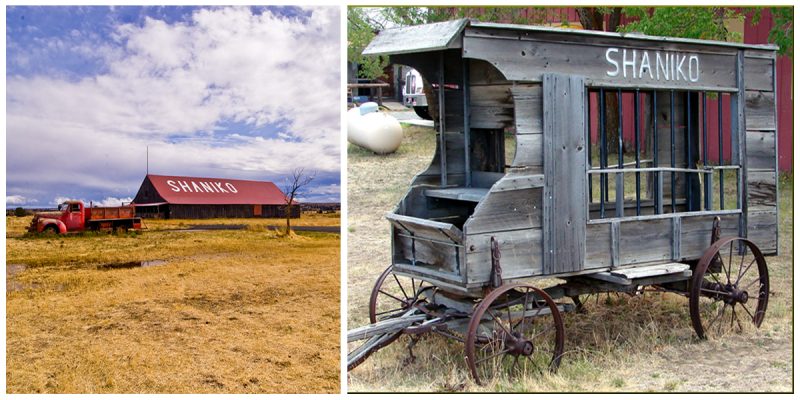Shaniko is a city located on Highway 97 in Wasco County, Oregon, about 8 miles (13 km) north of Antelope. The Shaniko area was first settled by a pioneer named August Scherneckau, who came to the area after the Civil War, in 1874. He bought a farm not far from the site of where the town would be.
In just a short while, this pioneer’s ranch served as a stage coach station.
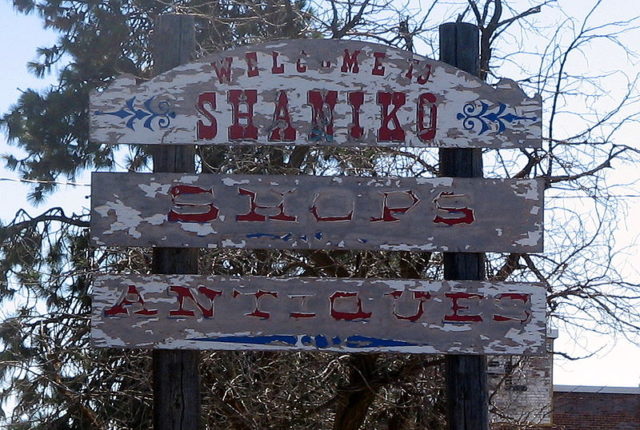
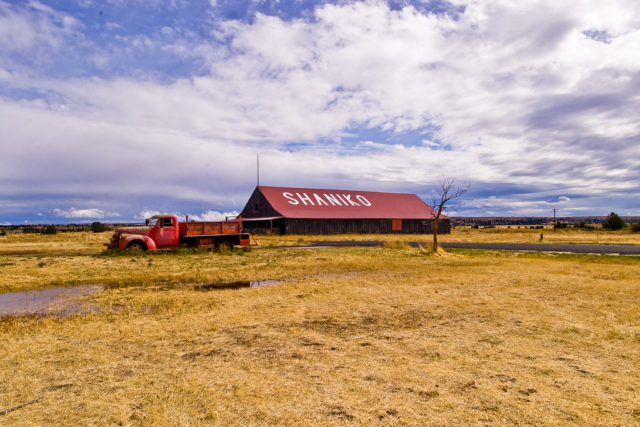
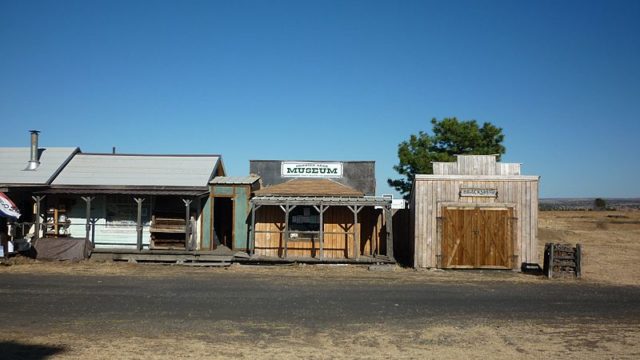
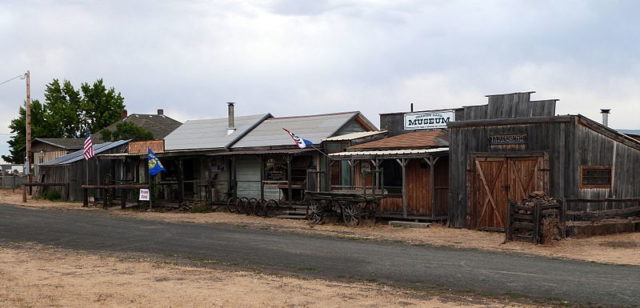
The spelling of the town’s name reflects the local pronunciation of Scherneckau’s name. The town was originally called Cross Hollows, and a post office by that name was established in May 1879 with Scherneckau as postmaster. Cross Hollows post office closed in 1887, and Shaniko post office opened in 1900.
The same year, the Shaniko Hotel was built, originally known as the Columbia Southern Hotel. The structure was built with 18-inch thick walls and handmade brick and is on the National Register of Historic Places.
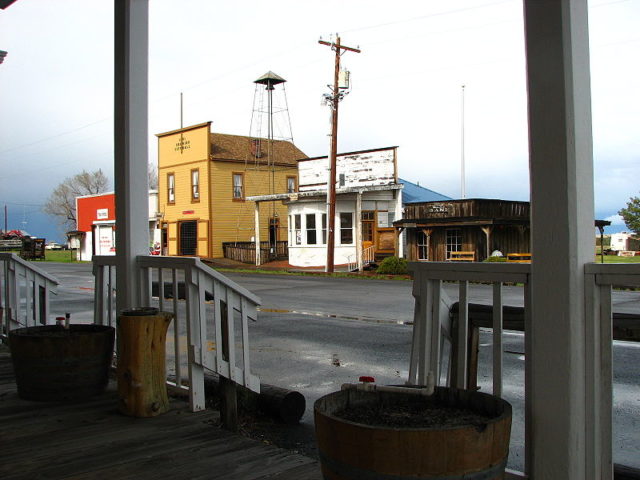
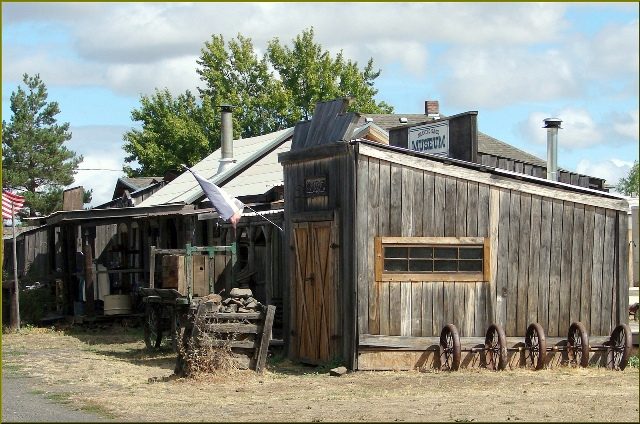
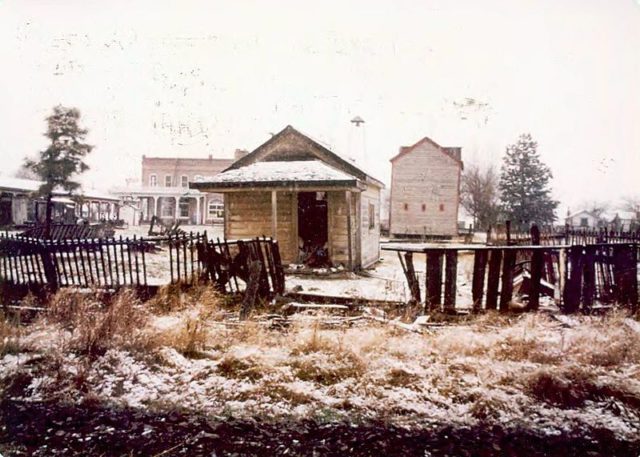
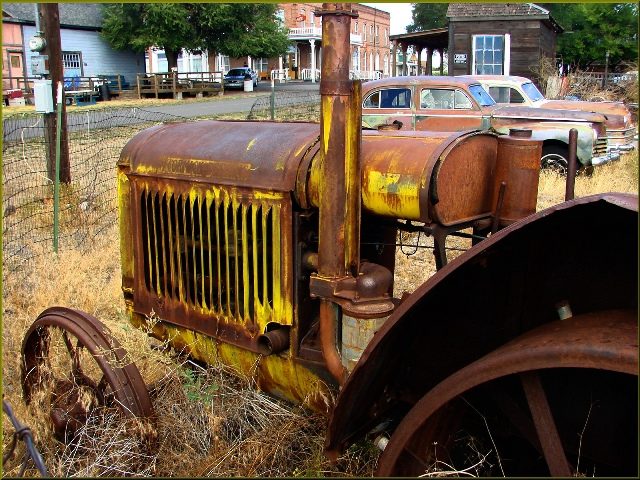
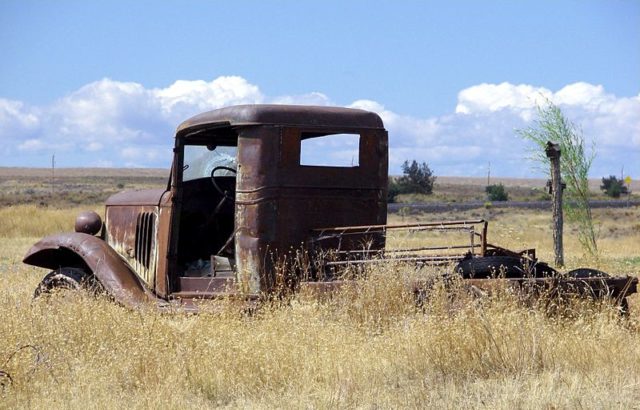
With the Columbia Southern Railway now connecting the town more to the outside world, Shaniko’s abundance of sheep allowed it to become the “Wool Capital of the World.” In fact, in 1901, 2000 tons of wool were shipped out of Shaniko.


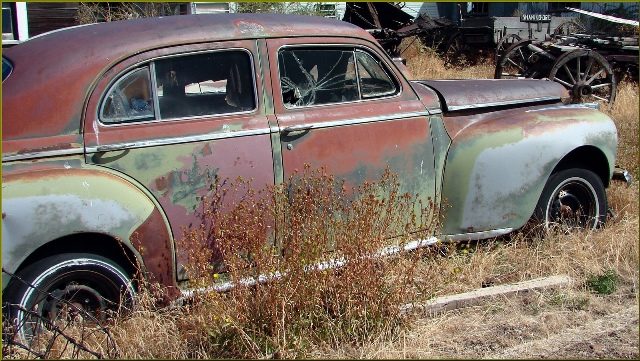
Sadly, Shaniko would only have less than a decade of prosperity due to better railroad routes bypassing the town and a devastating fire in 1911. Funds were not available to rebuild, and the slow but steady drop in population began. The railroad finally stopped coming to Shaniko at all in 1942, and most of the townspeople left.
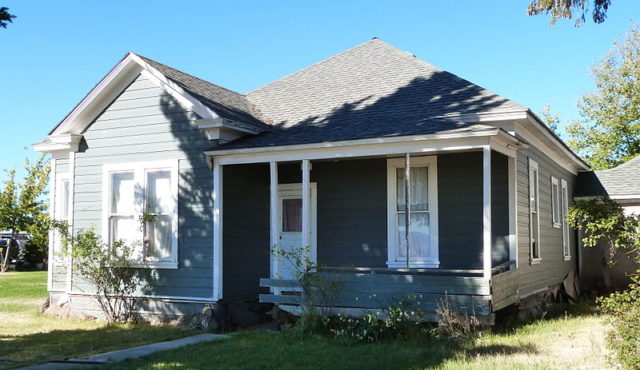
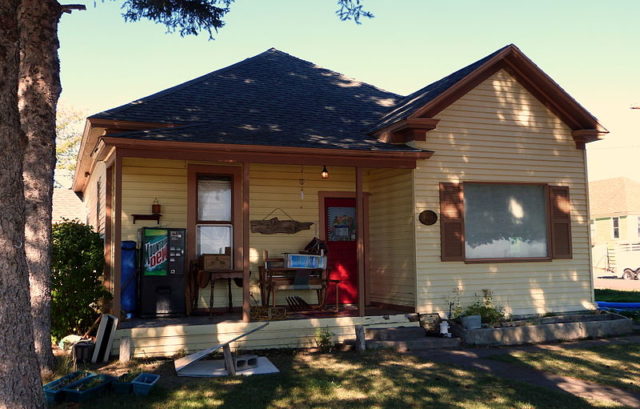
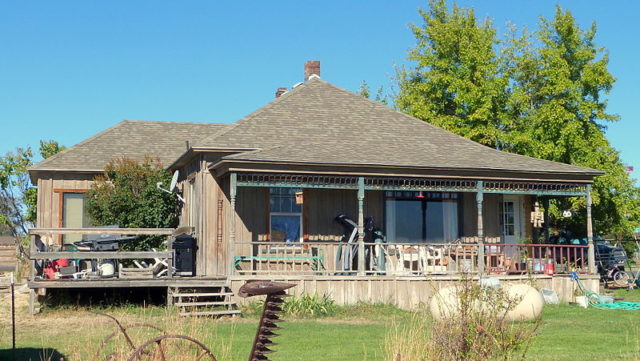
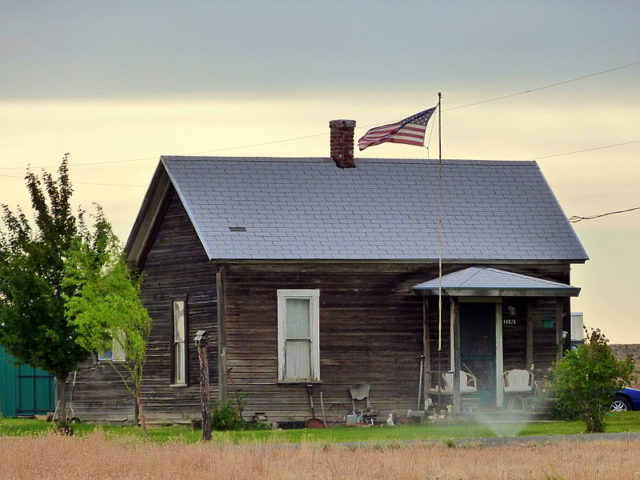
Shaniko is not technically a ghost town. Today, around 20-25 people live here, but there is much to see in Shaniko, and many claim it is the best ghost town in Oregon. Several of its buildings are maintained in an Old West theme, complete with authentic boardwalks and false fronts.
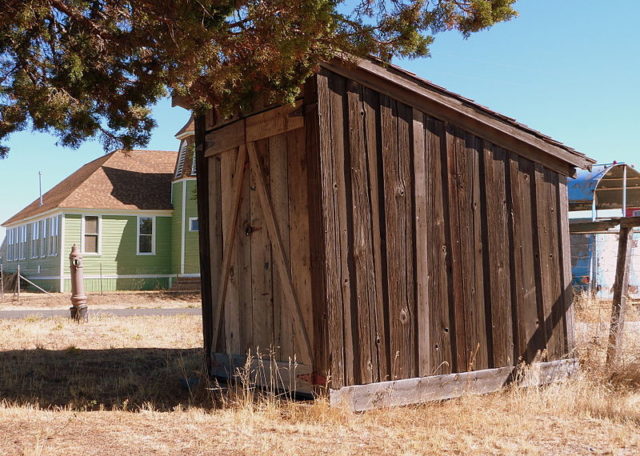
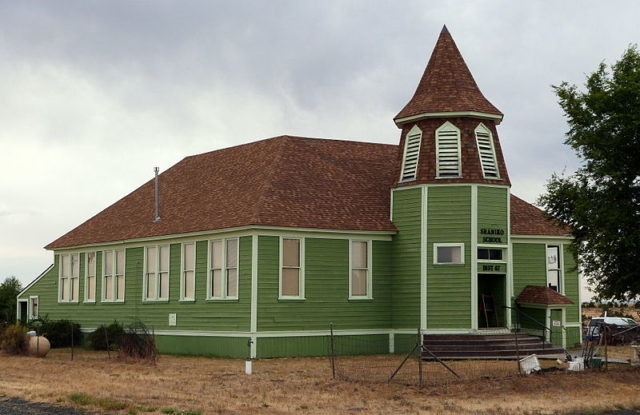

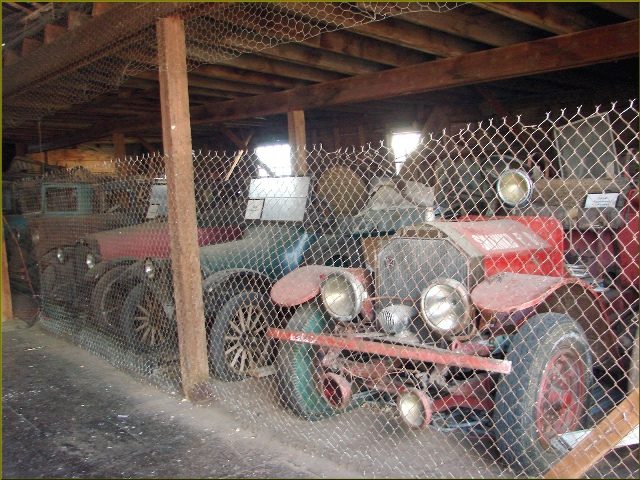
Still standing are the old water tower, the City Hall complete with an old jail, the school, and the post office. The old Shaniko Livery Barn now stands as a museum featuring a number of antique cars in their original state.
